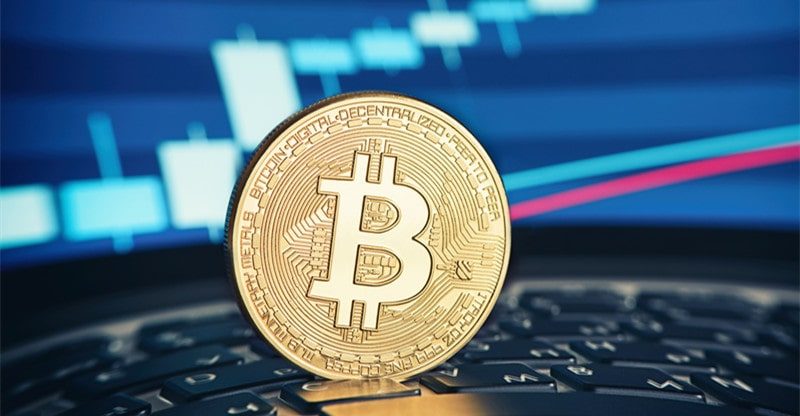What We Will Do When All Bitcoins Will Be Mined?
In many respects, bitcoin is analogous to a store of wealth. Bitcoin, like bullion, cannot be produced randomly; it must be “extracted” via hard labour. As opposed to gold, which must be excavated from the seafloor, bitcoin must be “excavated” via computer methods.
Bitcoin also includes a requirement in its data files that one must have quite a restricted and irreversible quantity to function correctly. The result is that only 21 million BTC could ever be created in the whole history of the world.
In total, these cryptocurrencies are added to the Bitcoin issue at a constant pace of one chain every 10 minutes, bringing the total number of cryptocurrencies in circulation to 21 million. Aside from that, the number of bitcoins issued each of the blocks, as mentioned earlier, is decreased by half after three months, as previously stated.
In reality, there are maybe 21 million cryptocurrencies available for mining in the whole world. Once the workers have accessed this number of bitcoins, the supplies will be depleted, and the currency will be devalued. Although, it is conceivable that the bitcoin algorithm will be modified to accommodate an energy intensive.
At the moment, about 19 million bitcoins were already created. It is estimated that fewer than 2 million units are still available for distribution.
Bitcoin Mining Compensations
Within three decades of the Internet platform’s original inception, 19 million bitcoins have just been produced, marking the beginning of the Bitcoin era. Because there are only four million remaining bits to mine, it may seem as though we are nearing the end of the currency fracking process. This is correct, but only in a very narrow sense.
It is also fitting that only the vast number of cryptocurrencies are already being extracted; the timetable for creating bitcoins is far more complex. When a chain is successfully verified, the Distributed computing process pays miners with a portion of the bitcoin they have earned.
In time, this technique becomes more refined. During the first rollout of Bitcoin, the prize was 50 pennies. In 2012, the value of a bitcoin was half to 25 cryptocurrencies. In 2016, it was reduced by half-second time to 12.5 bitcoins.
As of December 2021, miners get 6.25 bitcoin transactions per new block processed, equivalent to approximately $294,168.75 in revenue, depending on the price on December 24, 2021. Every three years, the money supply of Bitcoin is essentially cut in half as a result of this. This reduction in revenue will proceed every five years before the last bitcoin has been extracted out of existence.
In reality, it seems doubtful that the last bitcoin will be discovered again until each year 2140. However, it is conceivable that the Bitcoin authentication mechanism may be altered between now and when this has not been confirmed.
The Consequences Of A Limited Bitcoin Supply For Bitcoin Miners
It does seem that the Blockchains really will be the community of students that the cap would most impact on the bitcoin generation. However, this is not the case. Some opponents of the protocols assert that if the bitcoin circulation reaches 21 million circulating, producers will be pushed away from the consensus algorithm they get in exchange for their efforts.
However, even after the final bitcoin has been mined, miners are forecast to keep energetically and economically engaged and verify the previous blocks on the Bitcoin network indefinitely. The justification for this is that a single Payment process carries a digital currency that must be paid.
As the amount of money on the bitcoin increases and the value of bitcoin increases, these payments, which are now a few thousand bucks each block, may climb too many billions of dollars per column in the future. In the end, it will operate similarly to a liquidity trap, with exchange rates collected in the same way that taxes are. Start your trading career gently here.
Special Considerations Should Be Taken Into Account
It’s worth remembering that the National currency is expected to take well over 100 years to generate its last little currency before it is exhausted. In reality, even more, as 2140 approached, it is probable that workers will spend countless hours collecting incentives that are just a fraction of the total amount of bitcoin which should eventually be obtained.
Because of the significant reduction in reward amount, the carrying amount may be wholly shifted long before even the 2140 timetable.
In addition, it is essential to remember that the national currency itself is expected to undergo severe changes in time this year or next. The carrying amount may be impacted by various variables given how much this has changed in the Bitcoin world in only a lifetime, including new standards, new ways of logging and placing orders, and a host of other issues.
One of the most meaningful recent developments in the Department of the State attorney general of the Central bank (Carrier sense multiple access) letters, issued in January 2021, authorizing use of such cryptocurrency as a merchant account, as well as the implementation of Bitcoin by Online banking and the surrender of Fiat money by Tesla for the payment of Electric vehicles and causes of high.
Earlier this year, Tesla announced that it would no longer take Bitcoin, citing economic worries about the energy needed to generate the cryptocurrency.



